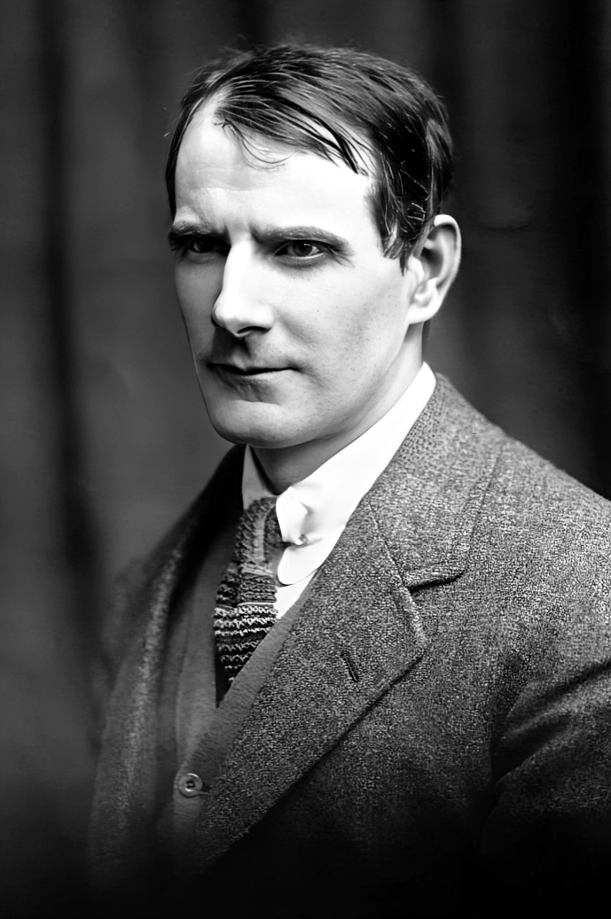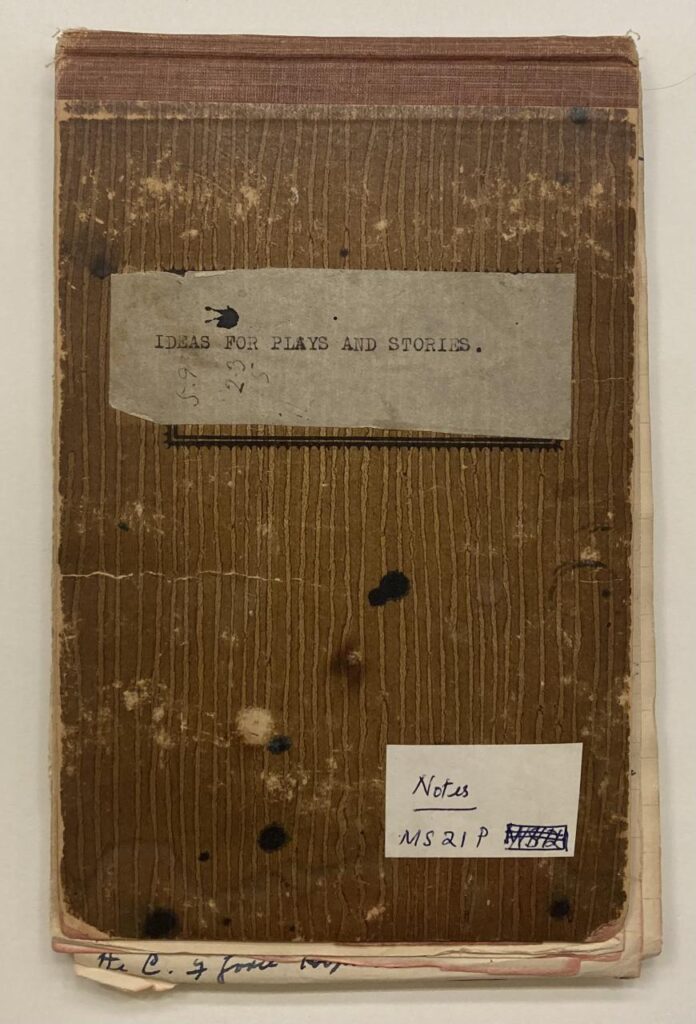Druid Theatre staging Sean O’Casey’s Dublin Trilogy – directed by Tony Award-winner Garry Hynes, and marking the 100 anniversary of the first play in the cycle, The Shadow of a Gunman – is an exponentially exciting event. Either Druid or O’Casey would be incredible to have on the NYU Skirball stage, and so the confluence of both in the form of DruidO’Casey will be a monumental experience. Get ready for this marathon trilogy with some insight into both Sean O’Casey as a playwright and Druid as a company.
Sean O’Casey (1880-1964) is a renowned Irish playwright who brought the Irish working class to the popular stage, grounding his work in the real political and social upheavals of the time. A 1959 New Yorker review extols O’Casey’s genius: “A masterpiece is a work to which nothing can be added without redundancy and from which nothing can be taken away without loss. In this category Sean O’Casey’s Juno and the Paycock securely belongs.” Read a brief bio of O’Casey – and some context on the premier, and subsequent riots, of The Plough and the Stars – via Yale’s Modernism Lab.
Druid was founded in 1975 in Dublin, and now tours internationally – “anchored in the West of Ireland and looking to the world.” Learn more about the company, their past and current works, cultural programs, and more.
Oct 5, 2023 | #IRL, #talks
“In a Different Key”: Sean O’Casey & Lorraine Hansberry
Office Hours
Fun Fact
“Paycock” is the phonetic spelling of “peacock,” as pronounced with an Irish accent.
Trilogy Timeline
November 1915 – April 1916
The setting of the The Plough and the Stars, a few months before and then during the Easter Rising
24 April 1916
Easter Monday, the Easter Rising begins
29 – 30 April 1916
The Easter Rising ends
21 January 1919
The Irish War of Independence begins
10 – 11 May 1920
The setting of The Shadow of a Gunman, during the Irish War of Independence
11 July 1921
The Irish War of Independence ends
28 June 1922
The Irish Civil War begins
1922
The setting of Juno and the Paycock, during the Irish Civil War
12 April 1923
First performance of The Shadow of a Gunman, at the Abbey Theatre in Dublin
24 May 1923
The Irish Civil War ends
3 March 1924
First performance of Juno and the Paycock, at the Abbey Theatre in Dublin
8 February 1926
First performance of The Plough and the Stars, at the Abbey Theatre in Dublin
Get Into It
DruidO’Casey Trailer
A Conversation with Garry Hynes, Director of Ireland’s Druid Theatre Company
Behind the Scenes: DruidO’Casey Rehearsals
Get Thee to the LIbrary
Recommended readings to get you in gear for the show.
Susan Cannon Harris, Irish Drama and the Other Revolutions: Playwrights, Sexual Politics and the International Left, 1892-1964. Edinburgh University Press, 2022.
James Moran, The Theatre of Sean O’Casey. Methuen Drama, 2013.
Christopher Murray, Sean O’Casey: Writer at Work: A Biography. McGill-Queen’s University Press, 2004.
Fintan O’Toole, Critical Moments: Fintan O’Toole on Modern Irish Theatre. Carysfort Press, 2003.
Anthony Roche, The Irish Dramatic Revival, 1899-1939. Bloomsbury, 2015.
Read All About It
Culture Matters | Apr 1, 2023
Sean O’Casey: The Shadow of a Gunman
O’Casey did not turn to playwriting until he was nearly 40 years old, around 1920. Prior to that, he had participated in national and class struggles for two decades as a champion of Irish-language culture, a militant trade unionist, and a socialist activist.
Howlround | Feb 10, 2017
A conversation with director Garry Hynes
“I think every act of theatre is political, and should be. It’s a civic action; it’s a group of people in a live situation, in a room together, doing something. Is theatre a way of response to what is happening around us? Absolutely yes, and if it isn’t, why are we doing it, why are we bothering?”
The Guardian | July 30, 2023
DruidO’Casey review
The experience is revelatory. O’Casey grew up in working-class Dublin, and his portrayal, here, of life in the city’s tenements during the years of conflict between 1915 and 1922 becomes an expression of the wider world, its yesterdays, todays and tomorrows.
From the Vault
Press from O’Casey’s lifetime, and contextualizing the Dublin Trilogy in different historical moments (including the audience riots at the premier of The Plough and the Stars).

Washington Post | June 1988
Sean O'Casey: The Playwright and the Stars
The Dublin Plays of Sean O’Casey, products of the Irish troubles of the first two decades of this century, continue to have an immediate and wrenching relevance because of the crescendo of political murders in the North of Ireland for the past 20 years.
Commentary | Feb 1955
Review: Sunset and Evening Star, A Memoir by Sean O’Casey
In the last line of Sunset and Evening Star, Sean O’Casey offers a toast to life—rather to Life, for he has been capitalizing that word since he first started to write plays in Dublin more than thirty years ago.
Extra Credit
If you find yourself longing to spend more time with O’Casey after these marathon performances, follow that interest into the archives. O’Casey’s papers are held in libraries and archives all over the US, Ireland and the UK – including decades of correspondence from O’Casey to NYU Professor David H. Greene at NYU’s Fales Library and Special Collections, and a collection of papers at the New York Public Library.
This notebook, labeled “Ideas for Plays and Stories,” was featured as part of a 1977 NYPL exhibit “Self-Explorations: Diarists in England and America” – along with diaries and notebooks from Virginia Woolf, Charles Dickens and George Eliot.

O’Casey’s own home library was cataloged relatively recently by the National Library of Ireland – read this first-hand account from a student who worked on the project, including a tour through some notable titles and ephemera.